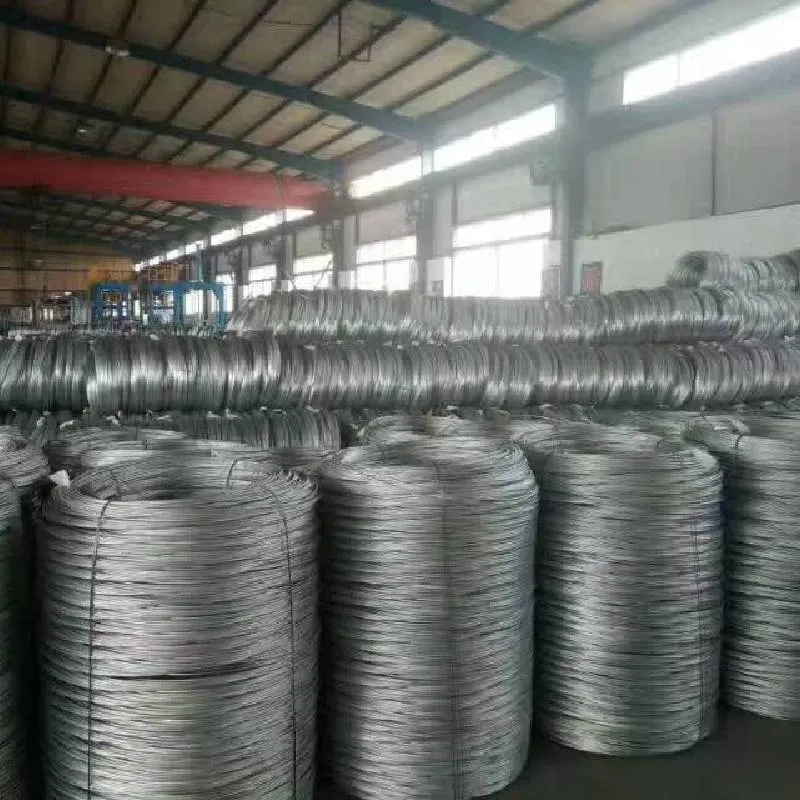
- Mobile Phone
- +8613931874955
- sales@cntcmetal.com
Using Paper in Stucco Netting for Enhanced Construction Durability and Efficiency
Understanding Stucco Netting with Paper A Comprehensive Overview
Stucco has long been a popular choice for exterior finishes in residential and commercial construction due to its durability, aesthetic appeal, and fire resistance. One of the essential components in achieving a well-finished stucco application is the use of stucco netting, often complemented with paper. This combination is integral to ensuring proper adhesion and enhancing the overall performance of stucco systems.
Stucco netting, typically made of galvanized wire or hexagonal mesh, serves as a base for stucco applications. It provides structural support to the stucco layer, allowing it to bear its own weight and maintaining its integrity against various environmental factors. The netting ensures that the stucco does not crack or crumble over time, contributing to the longevity of the finish.
In addition to the netting, a water-resistant paper, often referred to as building paper or felt paper, is placed behind the netting as an additional protective layer. This paper performs several important functions. Primarily, it acts as a moisture barrier, preventing water from penetrating the wall system and causing damage such as mold growth and wood rot. By keeping the wall structure dry, it enhances the durability of the building and prolongs the life of the stucco finish.
stucco netting with paper

When applying stucco, it is essential to install the paper correctly. The paper should be overlapped at the seams to ensure that water does not seep through any gaps. Following the proper installation techniques is crucial for the performance of the stucco system. After the paper is secured to the wall, the stucco netting is attached on top. The mesh is typically fastened using nails or staples. The combination of the netting and paper provides a sturdy framework, allowing the applicator to coat the surface with stucco effectively.
Once both the paper and netting are in place, the stucco is applied in layers. The first coat, known as the scratch coat, is typically roughened to create a bond for the subsequent layers. Following the scratch coat, the brown coat is applied, which serves to create a level surface. Finally, the finish coat provides the desired color and texture.
Additionally, the practice of using stucco netting with paper has other advantages
. For instance, it improves insulation properties, reduces thermal bridging, and contributes to the energy efficiency of the building. The system also allows for greater design flexibility, as various textures and colors can be achieved with the stucco finish.In conclusion, the combination of stucco netting with paper is a vital element in stucco applications. This system not only reinforces the stucco layer but also protects the underlying structure from moisture damage, ensuring a long-lasting and aesthetically pleasing finish. Proper installation and attention to detail during the application process are essential for maximizing the benefits of this robust combination. Whether in residential or commercial construction, understanding the importance of stucco netting with paper can not only enhance building longevity but also contribute to overall energy efficiency.
share:
-
Your Source for Concrete Wall Ties and Masonry AccessoriesNewsJul.10,2025
-
Unlocking the Power of Iron Wire for Every ProjectNewsJul.10,2025
-
Explore Advanced Chain Wire and Stainless Steel Mesh FencingNewsJul.10,2025
-
Discover the Benefits of Annealed Wire ProductsNewsJul.10,2025
-
Discover China Stainless Steel Wire Mesh SolutionsNewsJul.10,2025
-
Build with Confidence Using High-Performance Masonry AccessoriesNewsJul.10,2025
-
Why Sacrificial Formwork Is Redefining Underground ConstructionNewsJun.06,2025



















